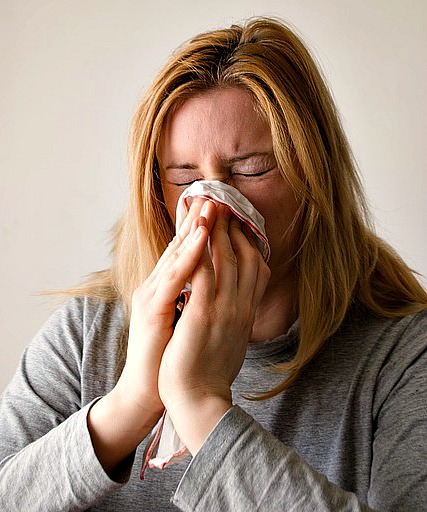A Homeowner’s Guide to an Asthma-Safe Home

A Homeowner’s Guide to an Asthma-Safe Home
Asthma is a chronic respiratory condition that affects millions of people worldwide. For homeowners with asthma or those who have family members suffering from this condition, creating a safe and asthma-friendly home environment is crucial, we believe dry or low moisture carpet cleaning is the best choice for asthma sufferers. There are some simple strategies that can help homeowners understand and minimize asthma triggers, control dust mites, reduce airborne allergens, create a pet-friendly asthma zone, and seek professional carpet cleaning for asthma relief.
Understanding Asthma Triggers
Common indoor asthma triggers can include dust mites, mould, pollen, pet dander, and certain chemical irritants. By identifying these triggers, homeowners can take steps to minimize their exposure and manage their symptoms more effectively. It is important to consult with a healthcare professional and try to determine personal triggers so that it is possible to develop an appropriate management plan. Understanding the importance of an asthma-friendly home environment is key to maintaining overall respiratory health.
Controlling Dust Mites
Dust mites are microscopic creatures that thrive and breed in warm, humid environments. They are in all fabrics and furnishings in our homes, eg bed linen, curtains, rugs & carpets. Their microscopic body parts and their feces are a common trigger for asthma symptoms when they are breathed in.. Using allergen-proof bedding covers and pillow covers can help create a barrier between dust mites and the individual, reducing exposure. Additionally, maintaining low humidity levels in the home can discourage dust mite growth. Regular cleaning and vacuuming with vacuum cleaners with HEPA filters can effectively remove dust mites and their allergens from carpets, upholstery, and other surfaces and most importantly trap the particles and prevent them from being blown into the air. .
Reducing Airborne Allergens
Airborne allergens such as pollen, mould spores, and pet dander can trigger asthma symptoms such as sneezing, running nose and watering eyes, swelling around the eyes etc. . To minimize exposure, homeowners can utilize air purifiers and filters to improve indoor air quality. Proper ventilation and air circulation are also crucial in reducing the concentration of allergens in the home. Avoiding harsh cleaning products and fragrances can help prevent respiratory irritation and exacerbation of asthma symptoms.
Creating a Pet-Friendly Asthma Zone
Pets, particularly those with fur or feathers, can contribute to asthma symptoms due to the allergens they produce. Grooming and bathing pets regularly can help reduce the amount of dander present in the home. Restricting pet access to certain areas, such as bedrooms or living rooms, can create a designated asthma-safe zone for homeowners. Vacuuming and cleaning pet areas frequently can further minimize the presence of allergens.
Professional Carpet Cleaning for Asthma Relief
Carpeted floors can harbour dust mites, mould spores, and other allergens that can trigger asthma symptoms. Professional dry carpet cleaning services, such as Deluxe Dry Carpet Cleaning, can provide numerous benefits for asthma relief. Deluxe Dry Carpet cleaning services use HEPA vacuums and minimal moisture systems, which effectively remove allergens from carpets. The vey low moisture used in the carpet cleaning process ensure rapid drying of the carpets which is critical to prevent dust mites breeding and proliferating while minimizing the risk of mould and mildew growth. Rapid drying techniques prevent dust mite proliferation, ensuring a healthier home environment for asthma sufferers.
Creating an asthma-safe home environment is important for homeowners with asthma or those living with individuals affected by this respiratory condition. By controlling known asthma triggers, such as dust mites, reducing airborne allergens, creating a pet-friendly asthma zone, and seeking professional carpet cleaning services, homeowners can significantly improve the quality of life for asthma sufferers. It is important to consult with healthcare professionals and implement these strategies to create a safe and comfortable living space for everyone in the home .